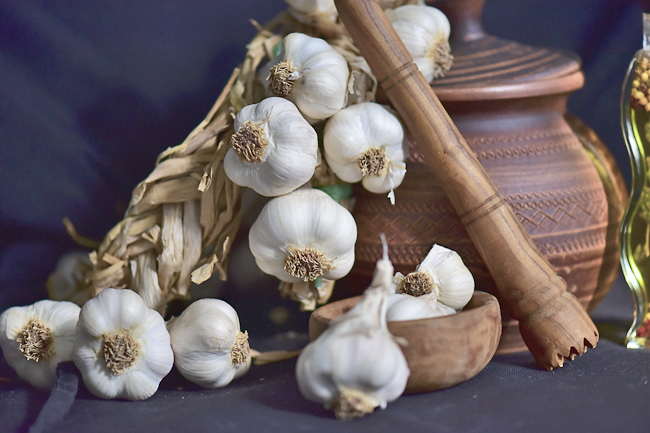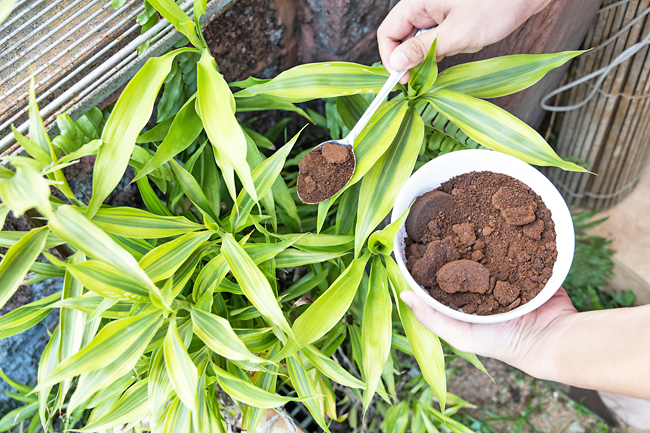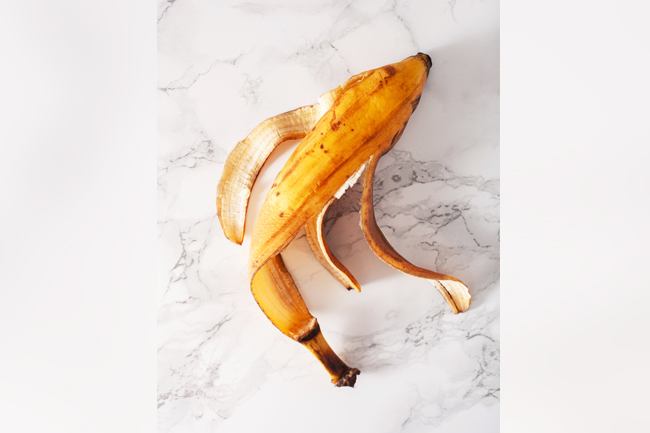In the gardening world, it’s easy to feel a little overwhelmed by the flood of advice – there are enough tips and tricks to fill a small forest.
From understanding a plant’s personality (yes, some of them can be a bit “needy”) to innovative ways of managing your green haven, seasoned gardeners know it’s often the simplest hacks that yield the best results.
For anyone who enjoys getting their hands a bit grubby, here are some handy, budget-friendly tips using items you likely already have around the house – or more specifically, in your pantry.
GARLIC AND CHILI: THE ORGANIC PESTICIDE POWER DUO
Ever noticed how garlic and chili have a knack for clearing a room? Well, pests feel the same way. Garlic and chili can be turned into a potent organic pesticide that’s easy to make.
Simply blend a few cloves of garlic and a couple of chilies with water, strain, a dash of cooking oil and spray it onto your plants.
Why does this work? Garlic contains sulfur compounds that repel insects, while chili peppers contain capsaicin, the substance that gives them their “heat”.
Together, they create a scent and taste barrier that most pests won’t dare cross. Just remember to test on a small patch first, as some plants can be sensitive to this concoction.



EGGSHELLS AS PLANT BOOSTERS
Instead of tossing away your morning eggshells, crush them and scatter them around the base of your plants.
Eggshells are rich in calcium carbonate, which plants like tomatoes, peppers and eggplants adore. Calcium helps build stronger cell walls, reducing issues like blossom-end rot.
Plus, the sharp edges of eggshells can help deter pests like slugs and snails – imagine them trying to slide over those! Just be sure to give the shells a good rinse first, or you might attract unwanted critters who enjoy the smell of eggs as much as we do.
COAL FOR HEALTHIER SOIL
Enjoy a good barbecue? Have some leftover coal? Turns out, it’s not just for grilling! Adding small amounts of crushed charcoal to your soil can improve its structure, helping to retain moisture and nutrients.
Known as biochar, it also creates a hospitable environment for beneficial soil microbes, which break down organic matter and release nutrients for plants.
Avoid using coal from synthetic briquettes or treated wood, as they can harm plants.
Stick to pure charcoal, and use sparingly – too much can alter soil pH levels, and we don’t want to turn the garden into a chemistry experiment.
FISH GUTS AND PRAWN SHELLS FOR NUTRIENT-RICH FERTILISER
If you’ve recently enjoyed a seafood feast, don’t discard those fish guts or prawn shells!
They make excellent organic fertiliser, rich in nitrogen, phosphorus, and potassium – all essential nutrients for healthy plant growth. Simply bury them a few inches deep in the soil near your plants, and let nature do the rest.
Alternatively, you can soak the discarded fish bits in a bucket of water and let it sit. What you’ll have is liquid gold that can help your garden burst into blooms!
The breakdown of fish and shellfish releases nitrogen slowly, feeding plants over time, and even attracting beneficial microorganisms that enhance soil health.
Just be mindful of neighbourhood cats or other animals who may also have an appreciation for seafood aromas; burying the scraps deeply will help keep them out.
BANANA PEELS FOR POTASSIUM BOOST
Banana peels are full of potassium, an essential nutrient that helps plants strengthen their stems and resist pests and disease.
Instead of throwing peels away, cut them into small pieces and bury them near the roots of your plants, or soak them in water to make a nutrient-rich “banana tea” for watering.
Potassium in the peel leaches into the soil, helping plants develop resilience and vibrant blooms.
Plus, there’s something oddly satisfying about knowing those banana peels are still helping the world one plant at a time!
USED COFFEE GROUNDS FOR ACID-LOVING PLANTS
For those of us who start the day with coffee, this tip is as easy as saving the leftover grounds.
Coffee grounds can be a great addition to the soil, especially for acid-loving plants like azaleas, blueberries, and roses.
The grounds slightly lower the soil’s pH, making it ideal for these species, while also providing a dose of nitrogen.
Even better, coffee grounds can attract earthworms, nature’s little soil engineers, who tunnel through the earth, aerating it and enriching it with their castings. Just sprinkle used grounds lightly around plants and avoid overdoing it, as too much can make the soil overly acidic.
Gardening doesn’t have to be complicated or expensive; sometimes, it’s just about re-purposing what you already have. A few simple items can bring your plants to life without stretching your budget.
With these tips, you’re not just feeding your garden but also reducing waste – a win-win!
Always remember, sometimes it’s the oddest items that make the best plant companions. – Wardi Wasil




